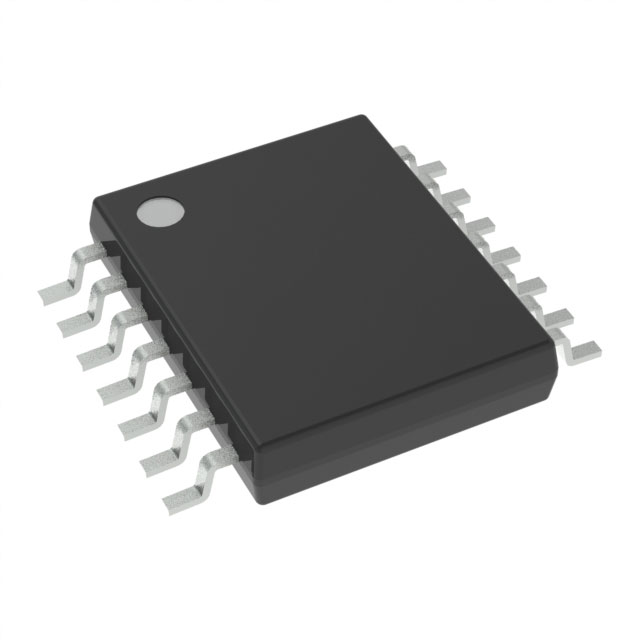

Texas Instruments
TLV3404IPW
Linear Comparators



.png?x-oss-process=image/format,webp/resize,p_30)


TLV3404IPW Description
TLV3404IPW Description
The TLV3404IPW from Texas Instruments is a general-purpose quad comparator designed for precision applications requiring ultra-low power consumption and robust performance. Packaged in a 14-pin TSSOP tube, this surface-mount IC operates over a wide supply voltage range of 2.7V to 16V (single) or ±1.35V to ±8V (dual), making it versatile for both single and split-rail designs. Despite its obsolete status, it remains a reliable choice for legacy systems due to its low quiescent current (max 950nA) and high PSRR (105dB) and CMRR (88dB), ensuring stable operation in noisy environments.
TLV3404IPW Features
- Ultra-Low Power: Quiescent current below 1µA (max 950nA) extends battery life in portable devices.
- High Precision: Low input offset voltage (3.6mV max @ 15V) and minimal input bias current (250pA max @ 15V) enhance accuracy.
- Robust Noise Immunity: 105dB PSRR and 88dB CMRR mitigate power supply and common-mode interference.
- Wide Voltage Range: Supports 2.7V–16V (single) or ±1.35V–±8V (dual) for flexible design integration.
- Fast Response: 300µs max propagation delay balances speed with low power consumption.
- 4 Independent Comparators: Integrated quad design reduces board space and BOM complexity.
- RoHS3 Compliant & REACH Unaffected: Meets environmental standards for global deployment.
TLV3404IPW Applications
- Battery-Powered Systems: Ideal for energy harvesting, IoT sensors, and portable medical devices due to nanoamp current draw.
- Industrial Controls: Used in threshold detection, window comparators, and motor drive circuits thanks to high noise immunity.
- Automotive Electronics: Suitable for low-voltage monitoring and protection circuits in 12V/24V systems.
- Consumer Electronics: Enables touch interfaces, power management, and battery monitoring in wearables.
- Legacy Upgrades: Replaces older comparators in telecom infrastructure and test equipment with superior precision.
Conclusion of TLV3404IPW
The TLV3404IPW excels in low-power, high-precision applications, offering a rare combination of ultra-low quiescent current, wide voltage range, and exceptional noise rejection. While obsolete, its quad comparator architecture and robust performance make it a pragmatic choice for maintaining or upgrading legacy designs. Engineers valuing energy efficiency, signal integrity, and design flexibility will find it particularly advantageous in battery-operated, industrial, and automotive systems.
Tech Specifications
TLV3404IPW Documents
Download datasheets and manufacturer documentation for TLV3404IPW
 TLV3401/02/04
TLV3401/02/04  Device Symbolization Change 13/Jun/2023
Device Symbolization Change 13/Jun/2023  Mult Dev EOL 7/Sep/2023
Mult Dev EOL 7/Sep/2023  TLV3401/02/04
TLV3401/02/04 Shopping Guide



























.png?x-oss-process=image/format,webp/resize,h_32)










